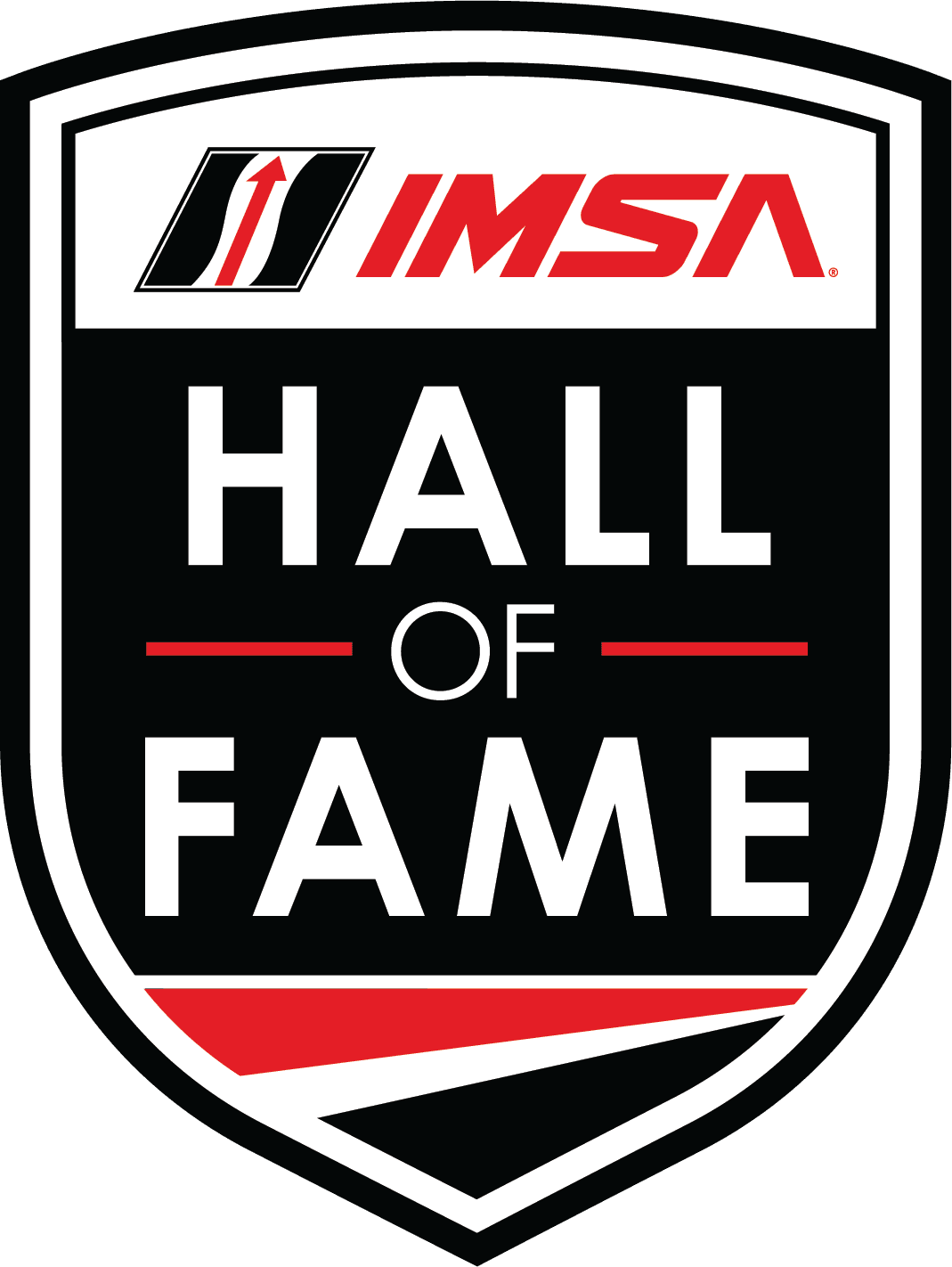Porsche
962
INDUCTED:
2023
Porsche 962
by John Oreovicz
If IMSA were to re-imagine its logo in the fashion of the NBA’s distinctive shield, swapping the image of a prototype sports car for the iconic silhouette of Jerry West, it’s likely that the featured car would be a Porsche 962.
Instantly recognizable and evocative of IMSA’s memorable original GTP era, the 962 set the standard for prototypes in the latter half of the 1980s and into the ‘90s. It also laid the groundwork for what is now Porsche Motorsport North America (PMNA), the sole provider of Porsche racing cars and parts in the United States and Canada since 1985.
From the moment Mario and Michael Andretti qualified on pole position for the 1984 Rolex 24 At Daytona International Speedway, the 962 earned its place in a pantheon of great Porsche prototypes that includes the 908, the 917, and the 956. The 962 was a direct development of the four-time 24 Hours of Le Mans-winning 956, with the driver moved back in the car in the interest of safety.
The 962 ultimately won 54 of 148 races in the GTP class of what was then known as the IMSA Camel GT Championship, including 41 of 50 from 1985-87, when Holbert Racing’s No. 14 in distinctive Lowenbrau beer livery swept three consecutive championships with drivers Al Holbert and Chip Robinson. The 962’s record includes five wins in the Rolex 24, four in the Mobil 1 Twelve Hours of Sebring, and three at Le Mans.
“The 962 was the greatest all-around successful sports car that Porsche introduced to the United States, and it certainly set the tone for the IMSA racing circuit in the 1980s,” said Alwin Springer, co-founder of Andial, the American Porsche engine building and tuning firm that was incorporated as a key part of PMNA.
Springer served as President and CEO of PMNA from 1988 to 2004 and remains a key advisor to Porsche’s current IMSA GTP program with the hybrid-powered Porsche 963 prototype.
“It was the perfect combination between professional drivers and the private entrants like Bob Akin, Bruce Leven, and Rob Dyson,” Springer said. “They played in the ‘80s a very important role. They put the finances up to buy a car and they had the capability to have a good time and to win races. But that was the beauty of the IMSA formula: It was possible for a customer car to beat the factory team. And they did.”
Rob Dyson began campaigning a customer 962 in mid-1985, collecting 10 IMSA race wins with a driver lineup that included Bobby Rahal, James Weaver and Price Cobb. The 962 was the car that put Dyson Racing on the map.
“The great thing about the 962 is you knew you were dealing with a car that was fundamentally reliable,” said Dyson, who is now Chairman of the Board of the Indianapolis Motor Speedway Museum. “It was a complete, well-engineered, well-developed automobile. You had a lot of teams that could put the car together and go racing, and there were a few who could tweak it and make it go quicker.
“The car was sound, and dealing with the Porsche factory was always easy,” he continued. “The backup and support we had was exceptional. It was a highly successful approach for everybody.”
Rahal, a three-time IndyCar Series champion and winner of the 1986 Indianapolis 500, was a frequent participant in the IMSA Camel GT series in the ‘80s. His IMSA victories include the 1981 Rolex 24 in a Porsche 935 and the 1987 Sebring 12 Hours in a Bayside Racing 962.
He is currently team principal of BMW M Team RLL, which fields two BMW M Hybrid V8 prototypes in the GTP class of the IMSA WeatherTech SportsCar Championship.
“In ’87, I drove five races in a 962 with Bruce Leven, and we won three of them and finished second in the other two,” Rahal said. “The 962 was such a comfortable car to drive and it did everything well. I really liked sports car racing and that was a pretty good time in history to drive sports cars.”
The list of drivers who earned IMSA race wins in a Porsche 962 reads like a who’s-who of racing champions from around the world. It includes A.J. Foyt, Al Unser Jr., Bob Wollek, Henri Pescarolo, Derek Bell, John Morton, Hans Stuck, Jochen Mass and Klaus Ludwig.
But just as importantly, the 962 gave ambitious privateers like Dyson a turn-key entry into top-level sports car racing.
“You could buy the car from Porsche, tighten the wheels, check the oil, and go racing,” said Springer. “We shouldn’t forget that’s what made IMSA great in the 1980s. It was the combination that the semi-professional driver could drive the car without being scared, but the professional drivers could drivers could drive it fast and together they could win races.
“That was the golden formula.”
Photo Gallery
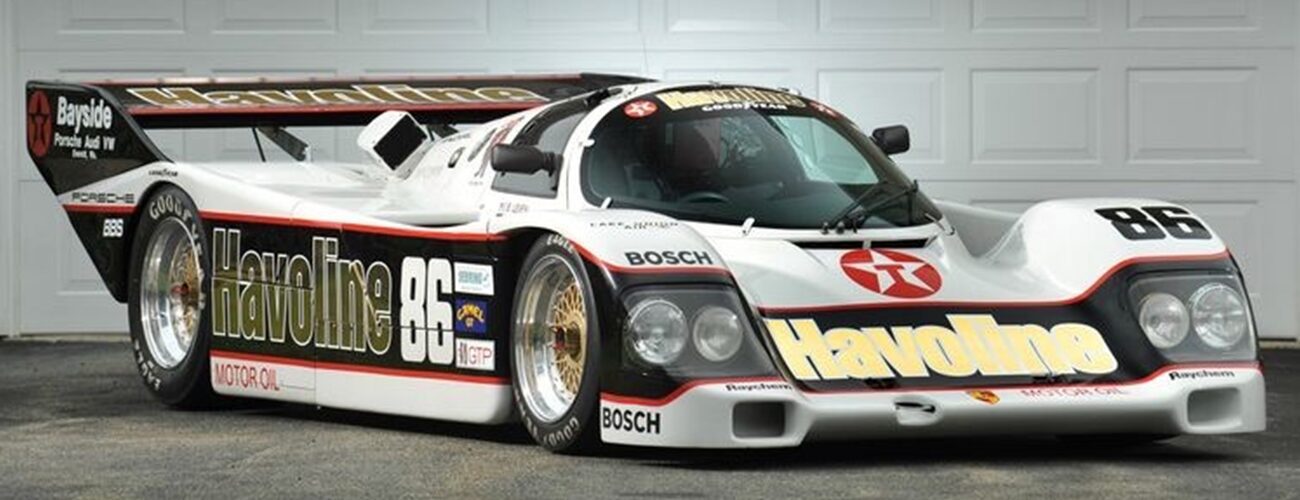





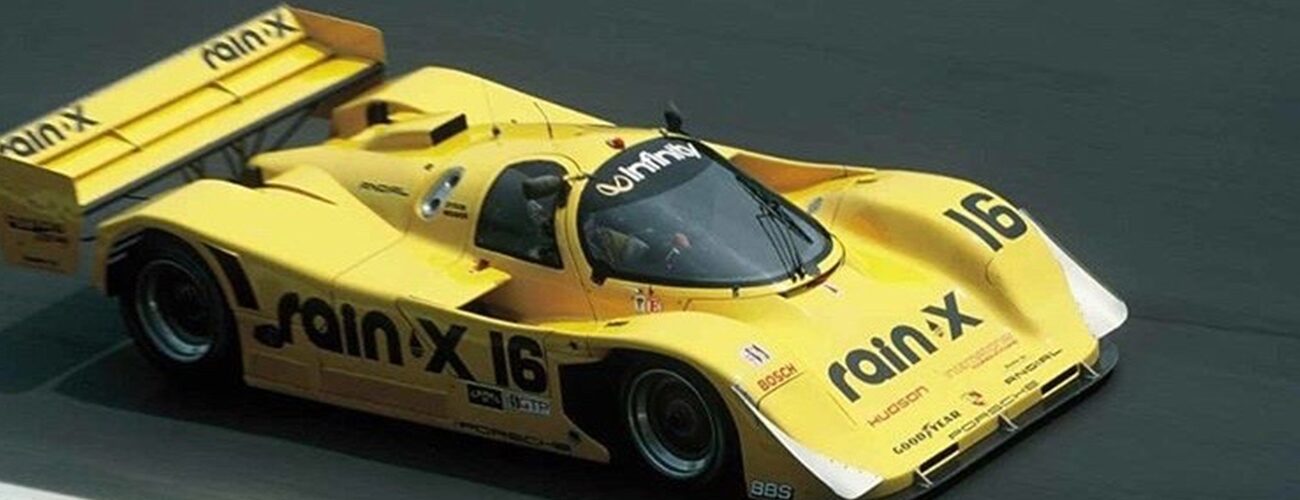



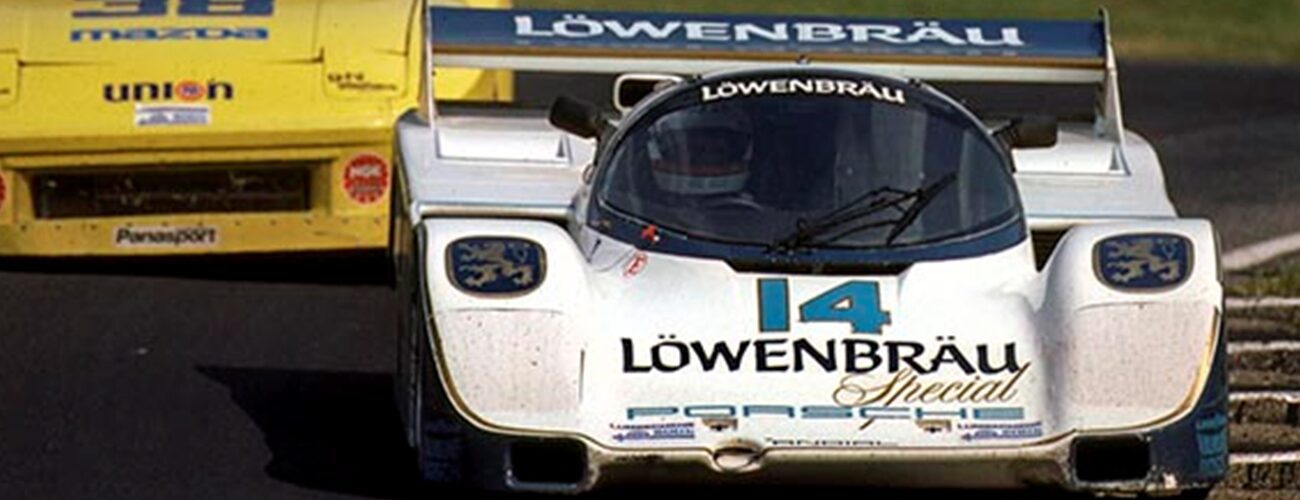










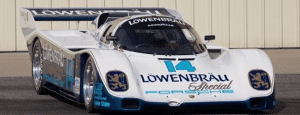


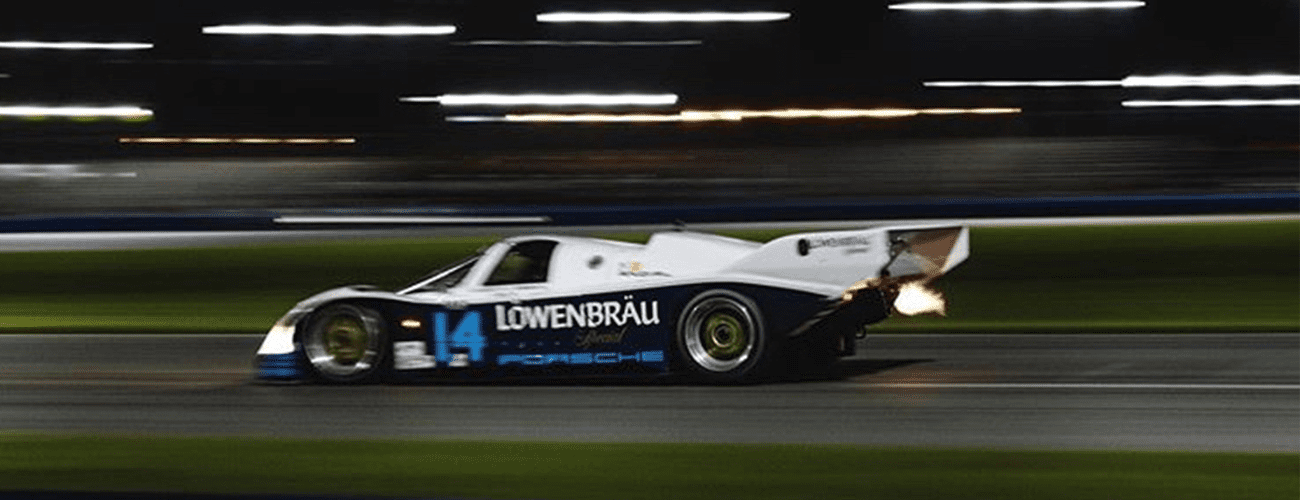



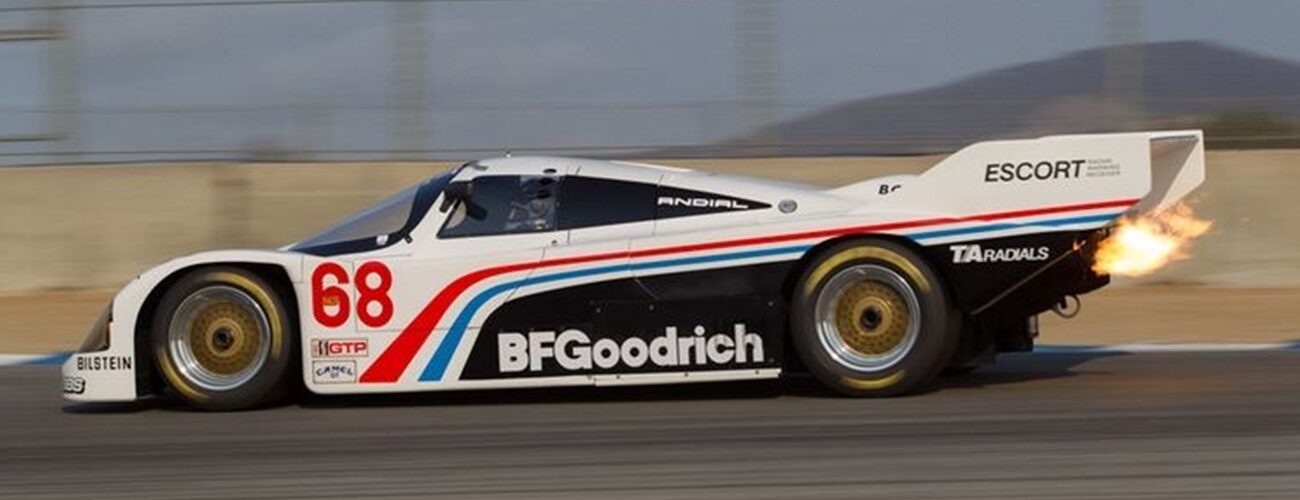
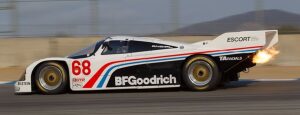



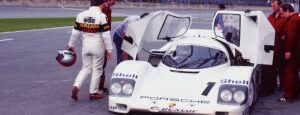
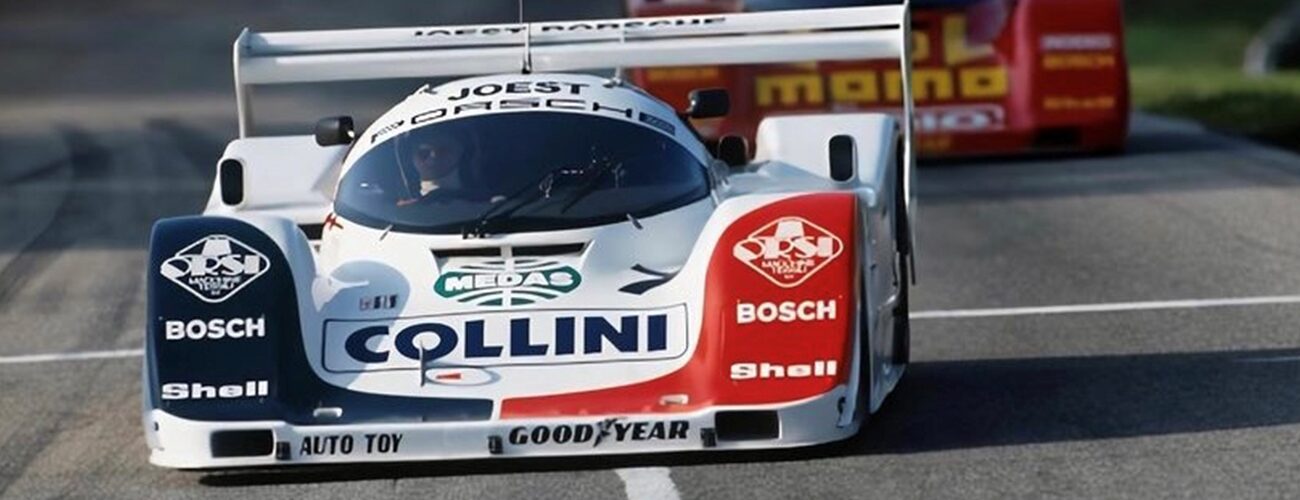

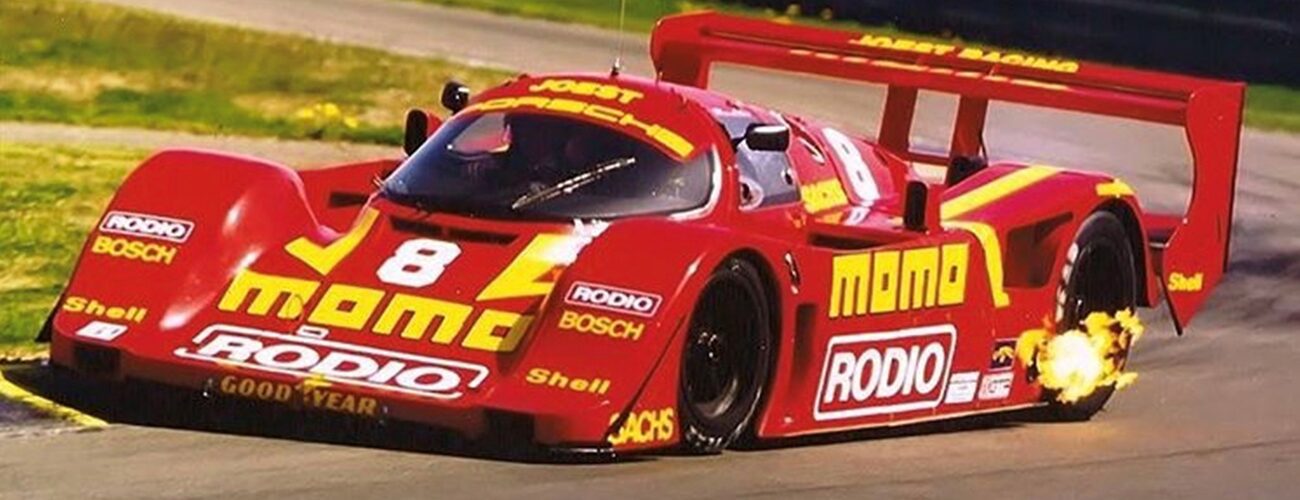
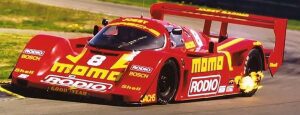


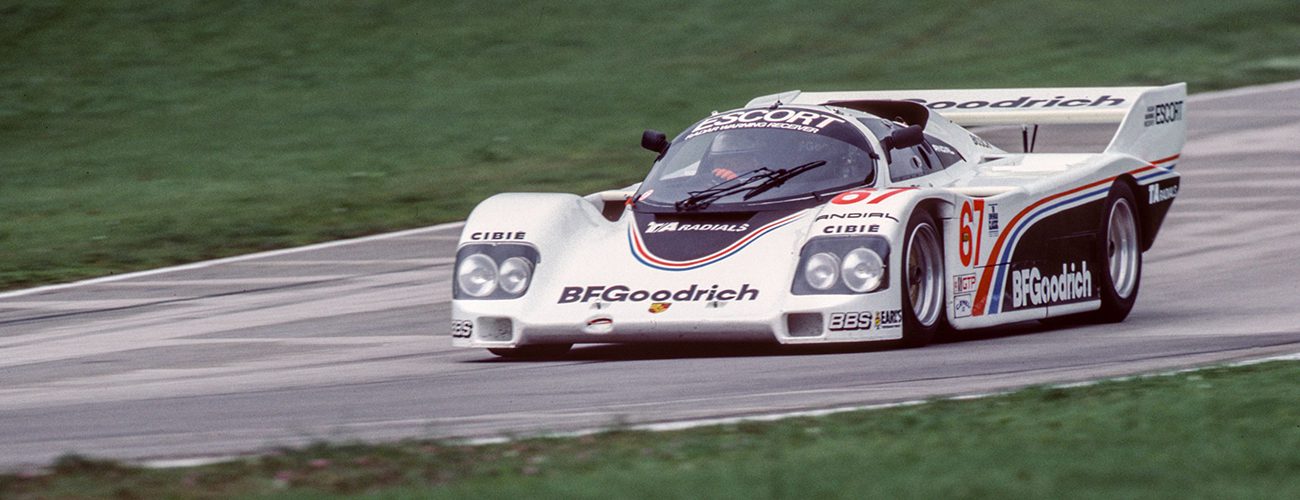

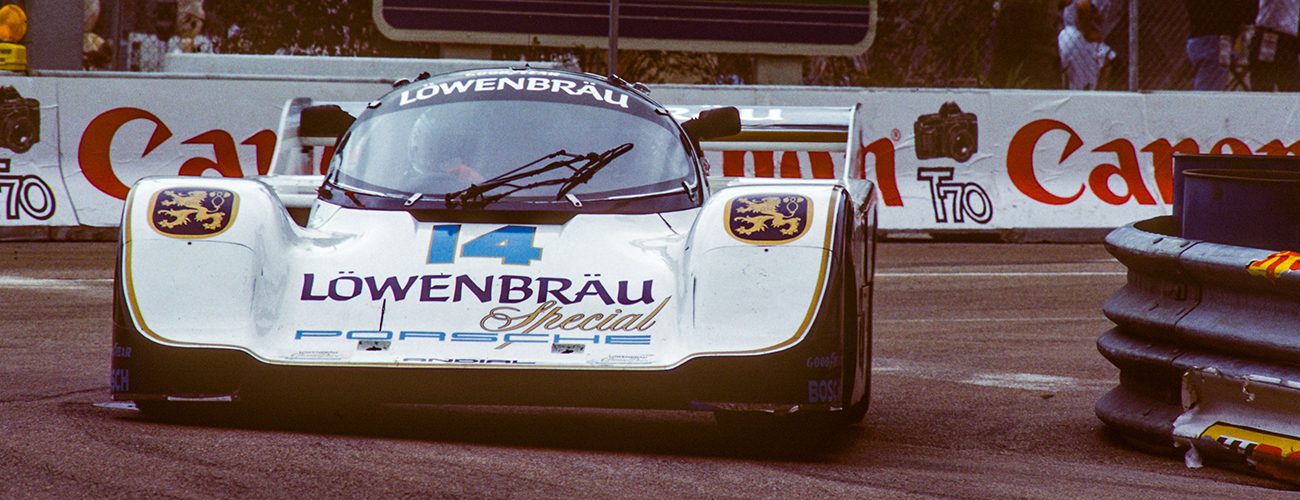

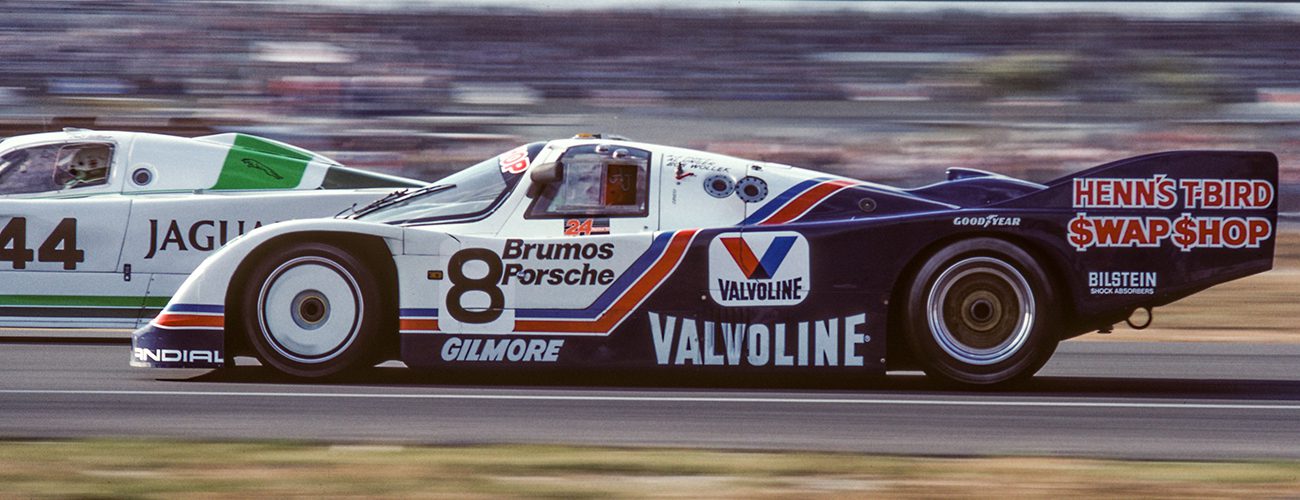


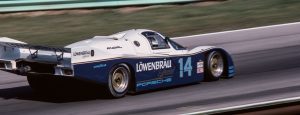


More Galleries
Porsche 962
Videos
More Videos
PORSCHE 962
